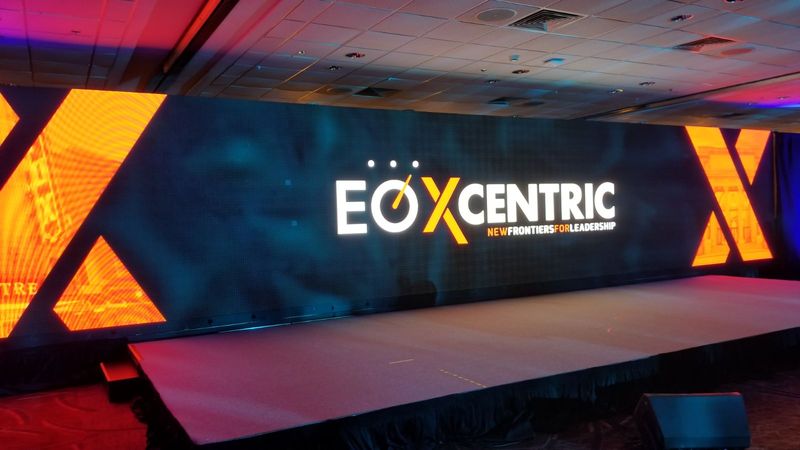Investigating the Effect of Viewing Perspectives on Light Emitting Diode Wall Display Functionality and Visual Appeal
Investigating the Effect of Viewing Perspectives on Light Emitting Diode Wall Display Functionality and Visual Appeal
Blog Article
The functionality and aesthetics of LED wall panels can significantly vary depending on the viewing angle. Viewing angle refers to the angle from which a viewer can observe the display without diminishing image quality. This aspect is essential in multiple environments, such as in residences, offices, and public spaces. Understanding how viewing angles impact LED wall panels helps consumers and businesses make informed decisions when choosing displays for their specific needs.
One significant component of LED wall panel performance affected by observation angles is brightness. When the observation angle changes, the perceived brightness of the panel can decrease. This is especially evident in panels that are not designed for wide observation angles. For instance, a observer standing directly in front of an LED wall panel may see rich and bright colors, while someone viewing from the side may notice a significant decline in brightness and color accuracy. This issue can restrict the effectiveness of the screen in shared environments, making it essential to choose panels with wider observation angles for such uses.
Hue consistency is an additional critical factor affected by viewing angles. Various LED wall panels use various technologies to display hues, resulting in diverse levels of color fidelity across various angles. When observing an LED wall panel from an angle, colors may seem altered or washed out. This variance can be particularly problematic in business settings, such as marketing or presentations, where accurate color depiction is vital. Choosing panels that preserve color accuracy across find out a wide variety of perspectives can enhance the general viewing experience.
In addition to performance elements, visual quality are also affected by viewing angles. LED wall panels are often used as decorative features in modern architecture and interior design. When placed in a site where observers will see the panel from various angles, you could try this out the overall visual effect can vary dramatically based on the panel's characteristics. A panel that looks stunning from the fore may not have the same attractiveness when viewed from the flank. Thus, designers must consider the viewing perspectives when designing installations to ensure that the aesthetic quality is preserved from all viewpoints.
Finally, it is essential to take into account the type of setting in which the LED wall panels will be used. In settings like athletic arenas, concert halls, and big public spaces, a broad viewing angle is vital to ensure that all viewers can enjoy the display's content. In comparison, in compact environments like home theaters, the observation angle may be less critical, as observers typically sit straight in front of the screen. By assessing the particular needs and environments for LED wall panels, users can select displays that enhance both functionality and aesthetics, creating a more pleasurable viewing experience for everyone.
